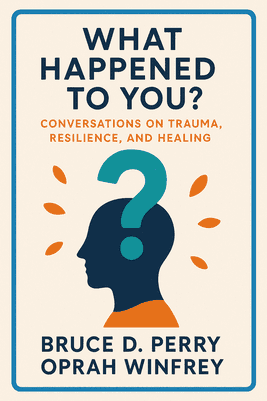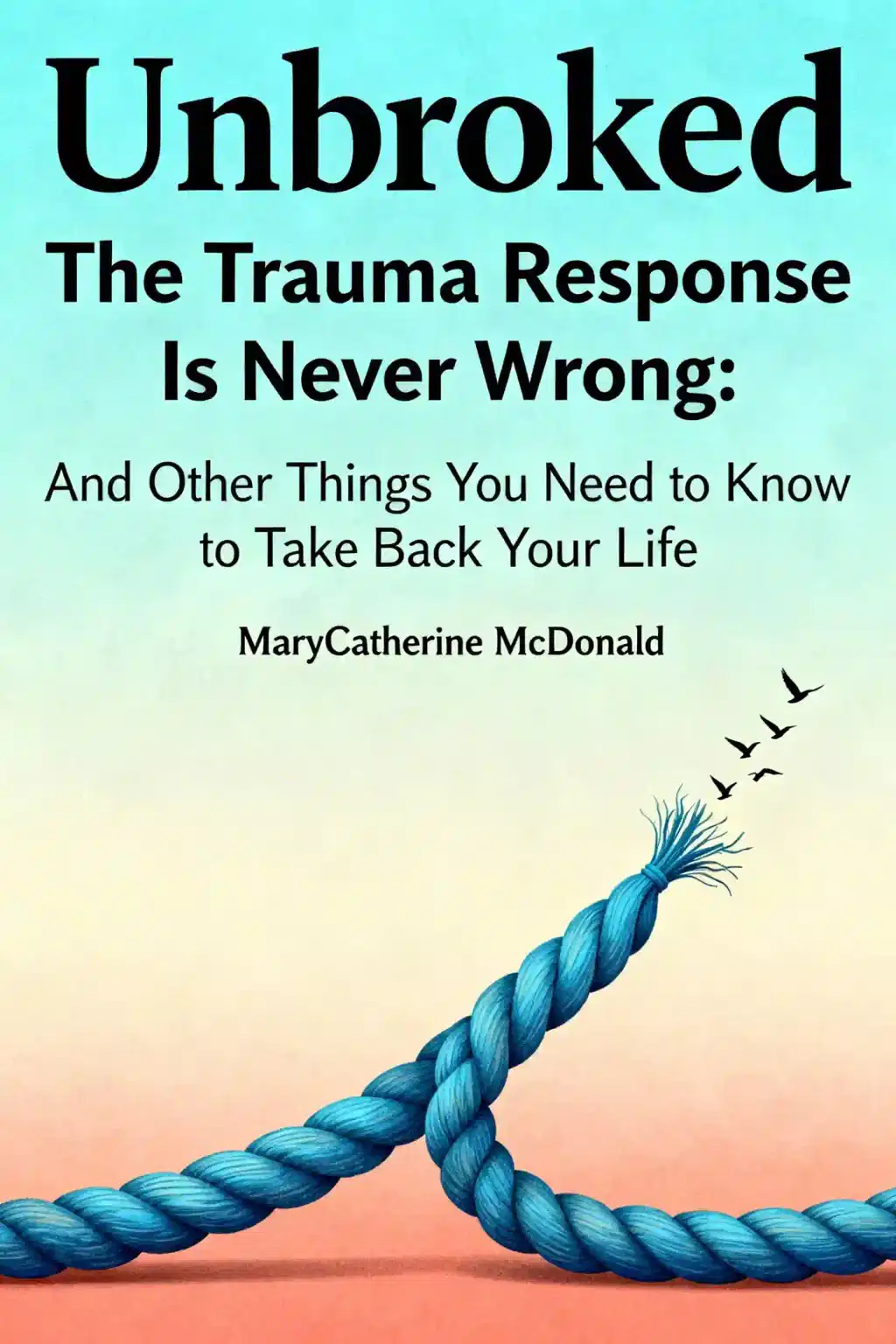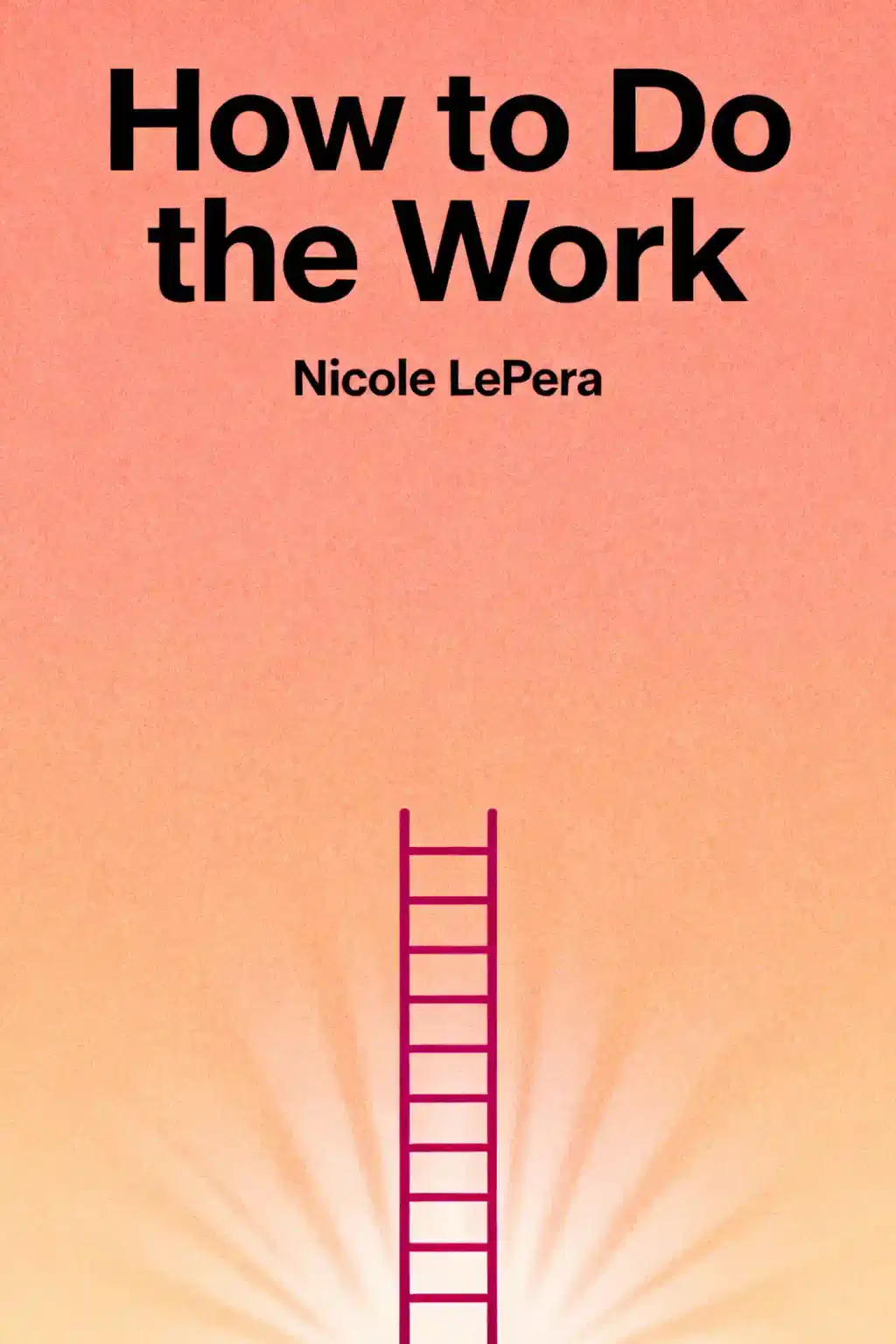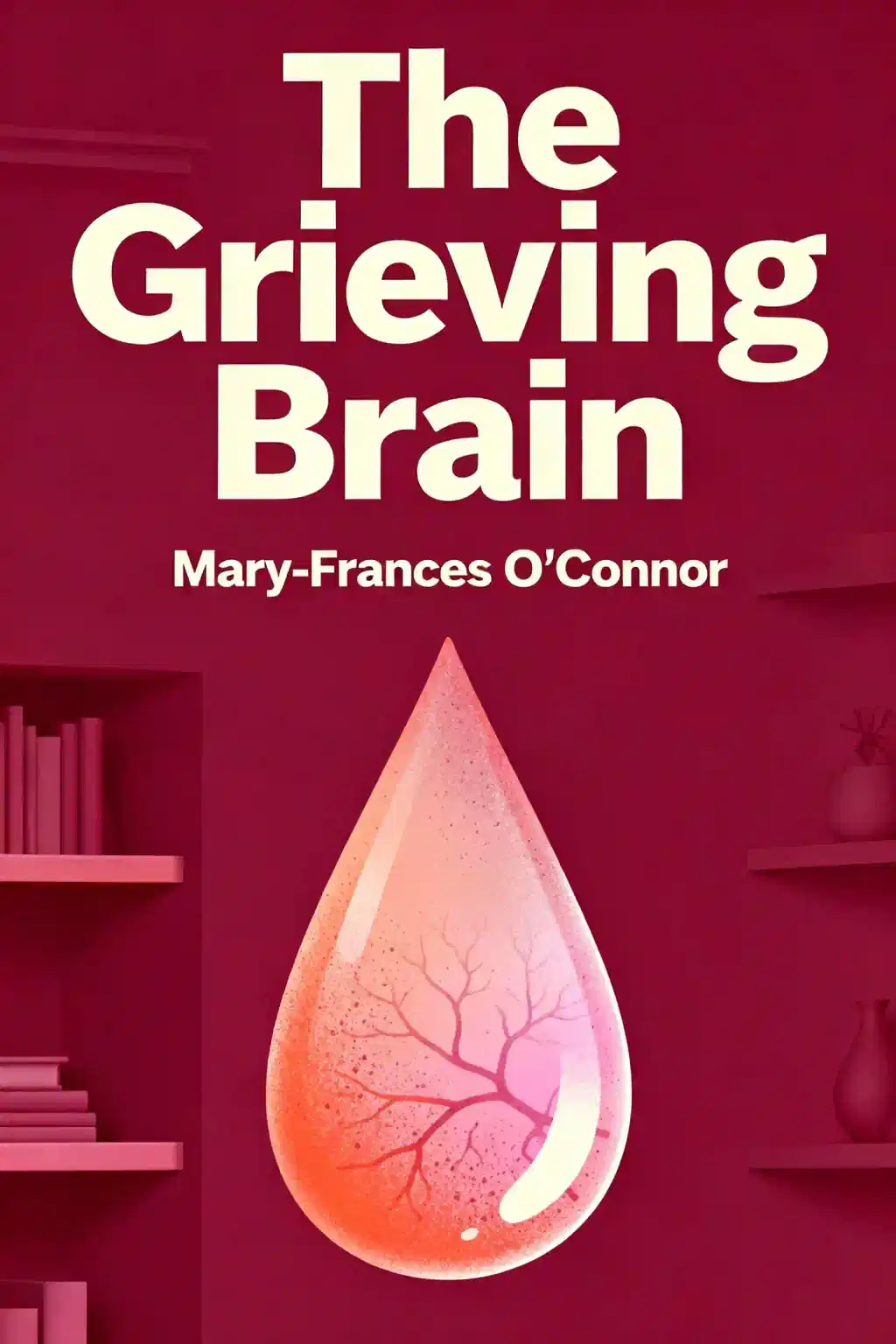What is
What Happened to You? by Bruce D. Perry and Oprah Winfrey about?
What Happened to You? explores how childhood trauma shapes brain development and adult behavior through conversations between psychiatrist Dr. Bruce Perry and Oprah Winfrey. It reframes trauma responses by shifting from “What’s wrong with you?” to “What happened to you?” using neuroscience, personal anecdotes, and case studies to explain trauma’s long-term effects and pathways to healing.
Who should read
What Happened to You??
This book is essential for trauma survivors, mental health professionals, educators, and caregivers. It offers insights for anyone seeking to understand how early adversity impacts behavior, relationships, and resilience. Oprah’s candid storytelling and Dr. Perry’s clinical expertise make complex neuroscience accessible to general readers.
What are the main concepts in
What Happened to You??
Key ideas include:
- Trauma’s neurobiological impact: How adverse childhood experiences rewire brain development.
- The “Neurosequential Model”: Dr. Perry’s framework for healing trauma through regulated relationships.
- Post-traumatic wisdom: Building resilience by understanding one’s past.
How does
What Happened to You? redefine trauma?
The book challenges narrow definitions of trauma, emphasizing that neglect, systemic racism, and chronic stress can be as damaging as overt abuse. It highlights how sensory triggers (e.g., smells, sounds) can reactivate trauma responses years later, as shown in the case study of Sam, a boy triggered by his teacher’s cologne.
What is the Neurosequential Model discussed in the book?
Dr. Perry’s Neurosequential Model prioritizes brain development stages when addressing trauma. It emphasizes safety, relational connection, and tailored therapeutic interventions to rebuild neural pathways disrupted by early adversity. This approach is used globally in clinical and educational settings.
How does Oprah’s personal story feature in the book?
Oprah shares her experiences with childhood abuse, poverty, and weight struggles, illustrating how unresolved trauma manifests in adulthood. Her collaboration with Dr. Perry on the 1993 “Oprah Bill” for child protection underscores their shared mission to advance trauma-informed policies.
What critiques exist about
What Happened to You??
Some readers find the conversational format repetitive, while others note it lacks actionable steps for self-healing. However, its strength lies in destigmatizing trauma and advocating systemic change over individual blame.
How does
What Happened to You? compare to
The Body Keeps the Score?
Both books address trauma’s physiological impacts, but Perry and Oprah focus more on childhood experiences and relational healing, whereas Bessel van der Kolk’s work emphasizes somatic therapies and adult PTSD. The former uses accessible dialogue; the latter is more clinical.
What quotes from the book are most impactful?
- “Your history is not your destiny.”
- “Regulate, relate, reason.” (Dr. Perry’s mantra for trauma intervention).
These emphasize resilience and the sequential steps for effective healing.
How can
What Happened to You? help parents or educators?
The book provides tools to recognize trauma symptoms in children, such as hyperactivity or withdrawal, and stresses the importance of stable, nurturing environments. It advocates for schools and caregivers to adopt trauma-informed practices.
Why is
What Happened to You? relevant in 2025?
Amid rising awareness of mental health and systemic inequality, the book’s focus on empathy and societal responsibility for trauma prevention remains critical. Its lessons apply to workplace well-being, education reform, and intergenerational healing.
Are there companion resources for
What Happened to You??
Dr. Perry’s Neurosequential Network offers workbooks, training programs, and research publications. Oprah’s interviews and the authors’ joint podcast episodes expand on the book’s themes for ongoing learning.




















